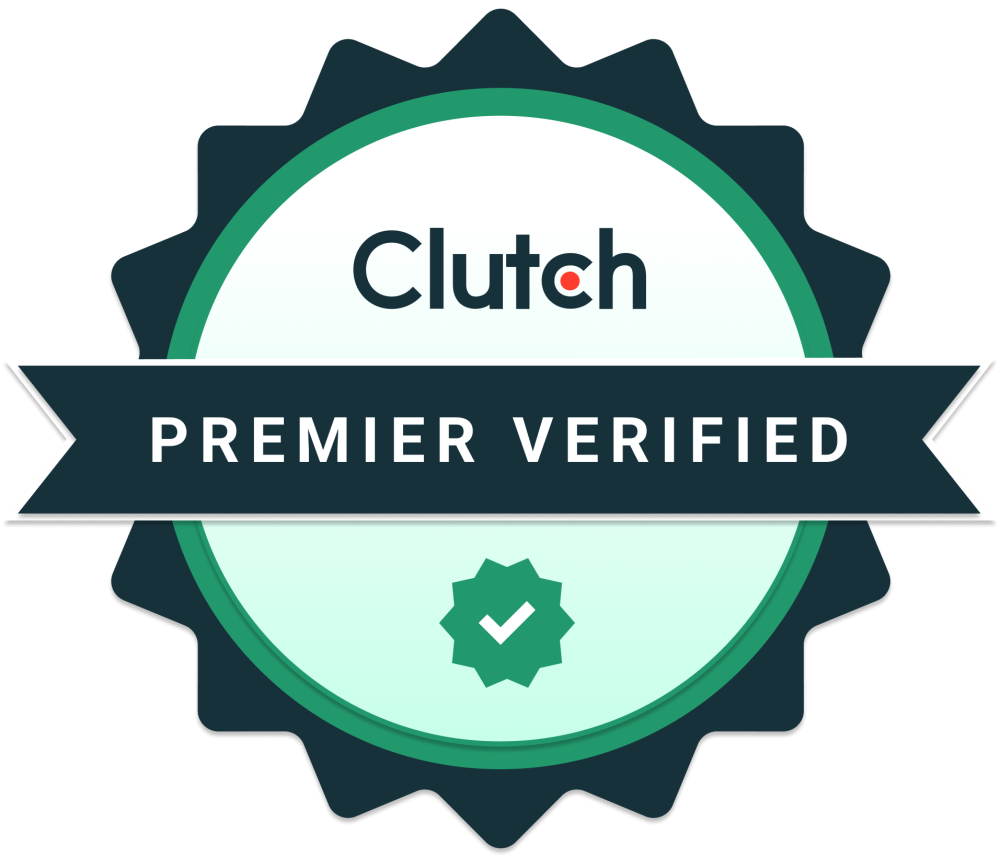How to create a budget for a custom software development project.
Learn how to create a custom software project budget. Get the insights you need to develop a realistic budget for your software project.
October 16th, 2020 • Buildable News & Resources
How much should custom software cost? It’s not always easy to determine. Getting quotes from developers can sometimes take weeks, and when the quotes come in, they might miss key components, giving the façade of a less expensive solution. It’s crucial to understand the true costs of any project—because 66% of software development projects go over budget.
You want to avoid that—and have a budget that’s realistic. So: always consider these four components to protect your project from cost overruns:
1. Include Pre-Production Research and Planning
Depending on the scope of the system, you may need to hire a consultant or appoint an internal employee, to help design a software requirement document. The timeline for creating this “spec” can vary from one to six months depending on the complexity of the software project, and the investment in this step generally is between 5% and 10% of the final project implementation cost.
2. Find the Cost of Implementation
This is the actual software development work. Your budget should include two elements:
- Internal resources (time)—this is far too easy to underestimate. Establish who will be required on your team to work with the company developing the software, and plan on a minimum of 8 to 10 hours per week.
- Software engineering development (time and materials). Software engineering implementation costs should incorporate the following: UX/UI design time (10-20%) development time (40-60%), deployments and testing time (20%), project management (10-20%).
3. Understand Maintenance Costs
Keeping the new system healthy usually comes in at 10-20% of the implementation cost, and it’s a crucial investment to keep your software operating properly.
Maintenance can be as simple as routing updates or the addition of features and enhancements. Most maintenance plans are a mix between a fixed cost and a variable “break-fix” component. Not all projects require the same maintenance, so find the balance that is right for your project and know that low monthly maintenance plans may require costly mid-year upgrades.
If keeping costs as low as possible is crucial for you and you can support a bit of downtime, opt for a low-cost maintenance plan and have a plan for dealing with critical upgrades when they surface. If any downtime is not an option and keeping the software running optimally is crucial for you, then select a more generous maintenance plan that proactively accommodates feature upgrades along the way.
4. Don't Forget Hosting and Licensing
Whether your software project is hosted internally or in the cloud, it will incur recurring hosting and licensing costs--such as database hosting and licensing, virtual machine hosting, cloud storage, sending text messages, sending mass emails, payment processing, third-party APIs, and others.
To develop ongoing licensing and hosting costs, make a list of all the service resources that this software will consume, compare offerings based on your estimated usage, and make a choice. You may need to consult with a software company to determine ongoing licensing costs. We recommend choosing monthly plans over yearly plans to allow you to switch mid-year if you’d like to take advantage of better offerings. Choose yearly plans if you want to get the most cost savings—annual subscriptions generally run10% to 20% less than monthly plans.
If you want help calculating your project budget, give us a call. Our team will build you a realistic and detailed quote within 1-3 days depending on your project size.
Email: connect@buildableworks.com
What can we help you with?
Talk with an expert at Buildable about your project.
This site is protected by reCAPTCHA. Google Privacy Policy and Terms of Service apply.
Copyright © 2025 Buildable.
All Rights Reserved
Privacy Policy | Terms of Service




